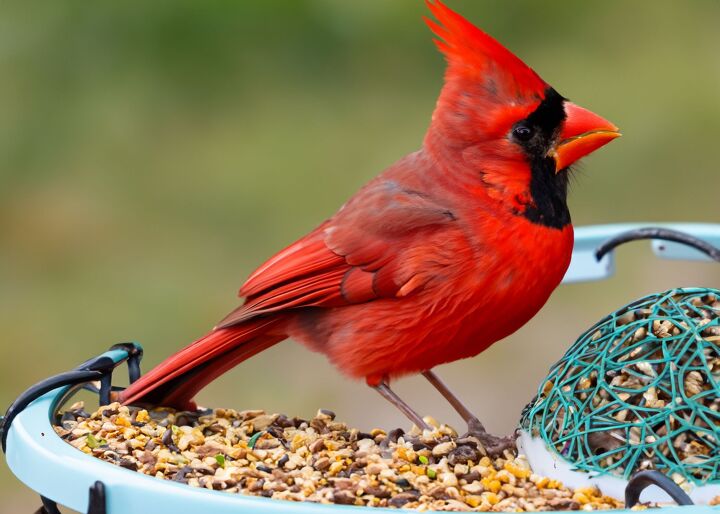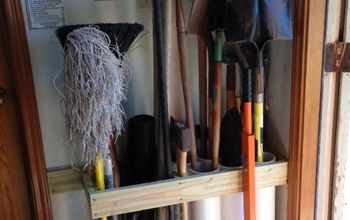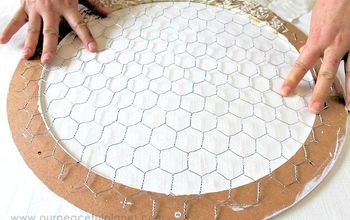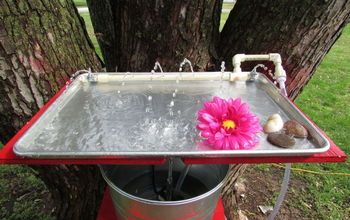How to Attract Cardinals to Your Yard

By Alexa Erickson
Birding is a beautiful activity that allows you to connect with nature — and you can do it right at home! Attracting birds to your yard allows you to enjoy them in an intimate setting. The northern cardinal is one of the most idealistic birds to admire, with the male’s ruby red color a sight to behold. Contrasting their colorful suit, these cardinals don a black mask on their face, a crest on their head, and a short, cone-shaped bill in a fiery orange hue.
Here’s what you need to know about how to attract cardinals to your yard so you can enjoy the sight and sounds of these sweet little songbirds throughout the season.
When Is Cardinal Nesting Season?
Nesting season, or breeding season, is when cardinals establish their home site for the year while they breed and raise cardinal babies, or hatchlings. The season for cardinals begins in March and can last all the way to September. There are typically two broods of young produced per year, with the females usually laying four eggs per brood. It takes about 12 days for the eggs to hatch. After hatching is when you’ll likely see more bird activity; parent birds will stay busy making flights to find and bring food to baby birds.
Where Do Cardinals Nest?
Cardinals can be found throughout the eastern United States, as well as south into Mexico and Central America. There’s also a western boundary of the bird’s range that can be found along a line from the Dakotas down to western Texas. You’ll also have a smattering of cardinal populations in New Mexico, southern Arizona, and California.
What Do Cardinals Eat?
Cardinals enjoy a diet of seeds, grains, fruits, and insects. They’ll find seeds from a variety of grasses, thistle, pine trees, foxtail, and more. Their favorite fruits include grapes, blackberries, cherries, and raspberries. Young birds almost exclusively rely on insects as food.
How to Attract Cardinals to Your Yard
The northern cardinal is not migratory, so it won’t travel long distances. When a cardinal successfully finds a human-maintained bird feeder, it stays close to that food source.
If you live in a part of the country where cardinals tend to hang out and are interested in bringing cardinals around your home, keep reading; these tips are surefire ways to attract cardinals to your yard.
Choose the Right Feeder
Cardinals are medium-sized birds that prefer a secure platform that can hold their weight. Opt for a hopper bird feeder, which houses bird feed in an enclosed compartment to keep it sanitary and hidden from predators like squirrels. Choose a feeder with a strong, steady base for cardinals to perch on.
The Absolute II Cardinal Bird Feeder is a large hopper bird feeder made of sturdy steel and can hang freely or be mounted to a post (cardinals actually prefer the security of a mounted feeder).
Consider Feeder Placement
The birds will feel the most comfortable noshing on your bounty if you place the feeder near trees and shrubbery—the protective covering of foliage gives them a hiding spot from predators.
Cardinal Predators
Entice Them with Food
Cardinals flock to human-maintained bird feeders, especially ones that incorporate their favorite foods. Their strong, thick beak attracts them to hearty foods like large seeds such as safflower seeds, black oil sunflower seeds, and white milo. Other foods they highly enjoy include crushed peanuts, cracked corn, and berries.
Fill the Feeder at the Right Time
To attract cardinals to your feeder, be sure that it’s filled in the early morning and late evening, which is when cardinals prefer to eat. Once they know they can depend on your feeder as a reliable food source at these times of day, they’ll become permanent residents.
Offer a Water Source
Cardinals love to eat, but they’re also drawn to proper water sources to bathe and drink from. Plant a sizable bird bath in your yard with a depth of two to three inches. Cardinals also enjoy flowing water, so consider adding a dripper to your bath. Change the water frequently—about twice a week—to keep it clean and well-maintained. Also, change out the water if you notice it filling up with debris like loose bird seed, algae, bird droppings, and bugs.
Things Cardinals Don’t Like
While cardinals enjoy scattered seed on the ground in addition to feeders, scattering seed too closely to predatory sites will deter cardinals. While the birds seek protection in low bushes and shrubs, try not to scatter seed below these areas, as predators will pick up on the food source and hide out in hopes of catching their prey.
You should also avoid reflective surfaces near the cardinal feeding site. Cardinals often attack their reflections as a means of protecting their territory. This will stress them out, and in turn, they may avoid nesting or feeding in your yard as a result. When creating a cardinal-friendly area, do so away from the reflection of windows and any mirrors or reflective garden accessories.
Do you have cardinals in your yard? Share your secrets for attracting these beautiful birds!

























Frequently asked questions
Have a question about this project?